A couple of days ago, I wrote an article about my reasons for choosing modern hardware instead of old server parts going forward. In fact, I’ve already started using my repertoire of SBCs, mini-PCs, and even NAS units as secondary devices for my home lab instead of scouring the web (and local retailers) for my next server rig.
While I’m going to avoid more enterprise-grade equipment, my dual Xeon system is something you’ll have to pry from my cold, lifeless hands. That’s because I use this war machine as the primary workstation in my home lab, and it has handled every self-hosting project and hardcore server operating system I could throw at it without breaking a sweat.
The high core count is perfect for my experiments
And I can run my entire arsenal of self-hosted services
The typical consumer-grade PCs in my rat’s nest of a home lab have anywhere between four and eight CPU cores and almost twice as many threads. That’s not a small number by any means, and I could probably self-host most of my essential containers on the average mini-PC without any issues.
But since I earn my living by trying out wacky project ideas, I often have dozens of containers and a couple of virtual machines running in my home lab. Unfortunately, if I were to try and host even half as many virtual guests on my (say) Ryzen 5 5600X gaming machine, it would run out of CPU resources pretty soon, and the same can be said about the 8-core NAS systems in my arsenal.
That’s where my Xeon workstation comes in like a champ. The Intel Xeon E5-2650 v4 processor in my setup possesses a whopping 12 cores and 24 threads, and the core and thread count is doubled because my X99 motherboard can accommodate two of these CPUs. Aside from my usual catalog of Proxmox LXCs and Docker containers, I can handily run my Windows 11 dev environment, an Arch Linux virtual machine, two Debian VMs, a HAOS instance, and a few other virtual guests without running out of CPU resources. Sure, this old system is far from ideal for gaming or virtualized Hackintosh setups, but when it comes to running multiple virtual machines and containers, nothing in my home server can match its computing prowess.
This behemoth can even run Harvester!
Proxmox is my preferred home server platform, and I’ve been using it with my Xeon server for months. However, there are projects where I need to whip out a second SSD and switch to a different distro on the warmachine – like the time I tried experimenting with Harvester.
For the uninitiated, Harvester is more of an enterprise-tier virtualization, boasting a host of clustering, backup, monitoring, as well as virtual machine and storage management options wrapped inside a convenient UI – one that’s easier to navigate than Proxmox’s interface. However, it’s also pretty demanding on the hardware front, as the distro requires 8 CPU cores and 32GB memory for a mere testing environment, and double as much for a production-tier setup.
While I can upgrade the memory on my PC and NAS units to 64GB, the 16 CPU core requirement leaves my dual Xeon workstation the only rig in my home lab that can stand up to this beast of a virtualization platform.
To take this a step further, I’ve even run the test version of Harvester in a nested virtualization configuration, and while the performance wasn’t as amazing as a bare-metal setup, the distro was responsive enough to help me get accustomed to its UI!
Plenty of ECC memory
And enough SATA ports for my storage drives
Of course, the CPU count is only one part of the equation. While I can slot around 128GB of memory in my daily driver, my Xeon workstation bumps this number up to 256 gigs. And that’s before including the support for ECC memory.
I’ll admit that ECC memory is far from mandatory when you’re building a NAS, let alone something as experimental as a home server. But since I don’t want to lose my VMs and containers, the extra bits on my ECC RAM kit are an additional safeguard to protect my virtual guests from data corruption errors caused by flipped bits.
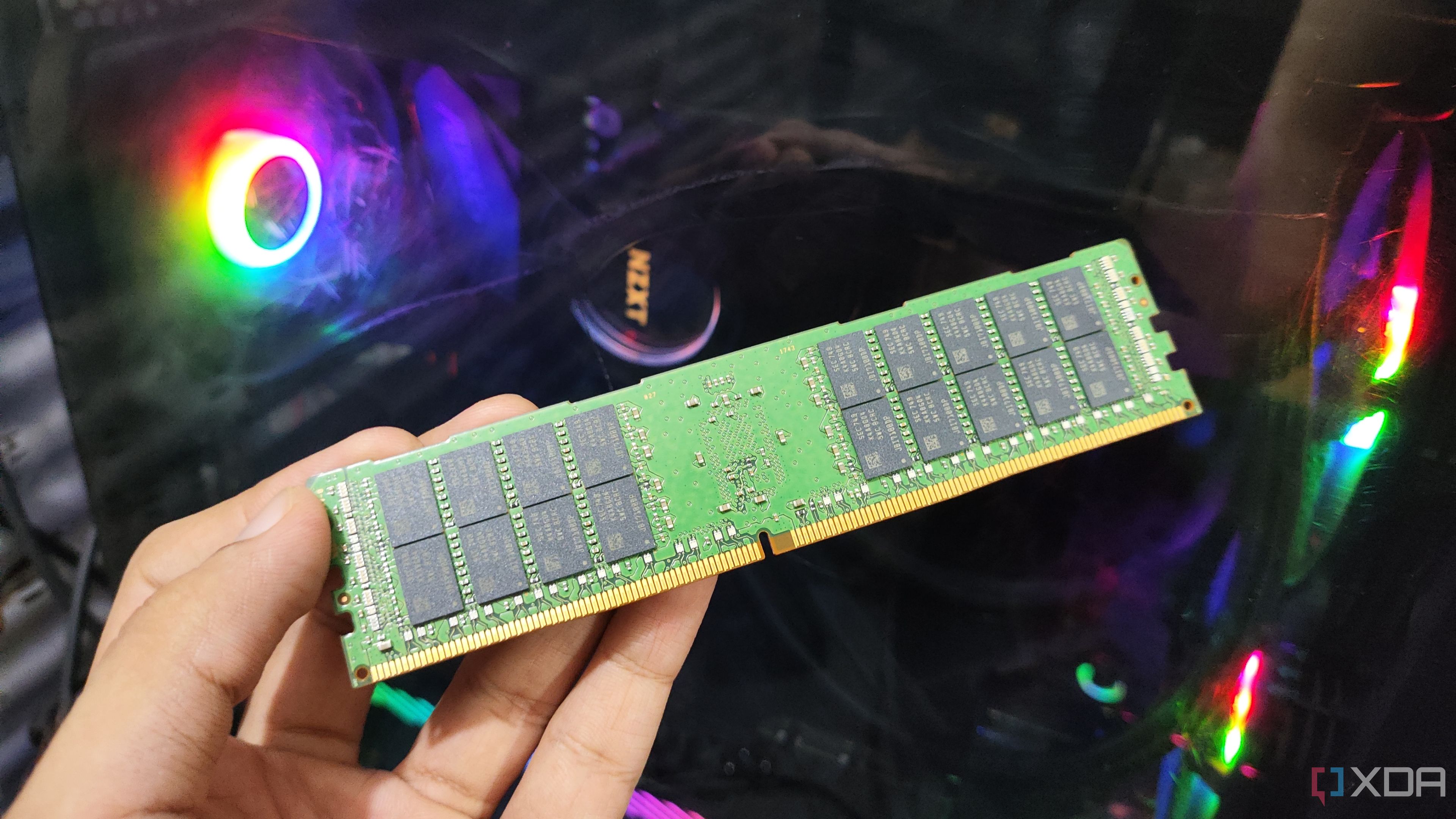
Related
What is ECC RAM (and why should you use it)
The average gamer might not need ECC memory, but it's quite useful for projects where data corruption can have drastic consequences
Throw in the extra SATA ports for my HDDs and SSDs, and the Xeon workstation can double as a solid file-sharing workstation. Heck, I’d even use it as a storage server if I didn’t already have some NAS units in my home lab.
Nevertheless, I have to make some compromises with this setup
Increased energy bills, with enough noise to rival the cicadas in my house
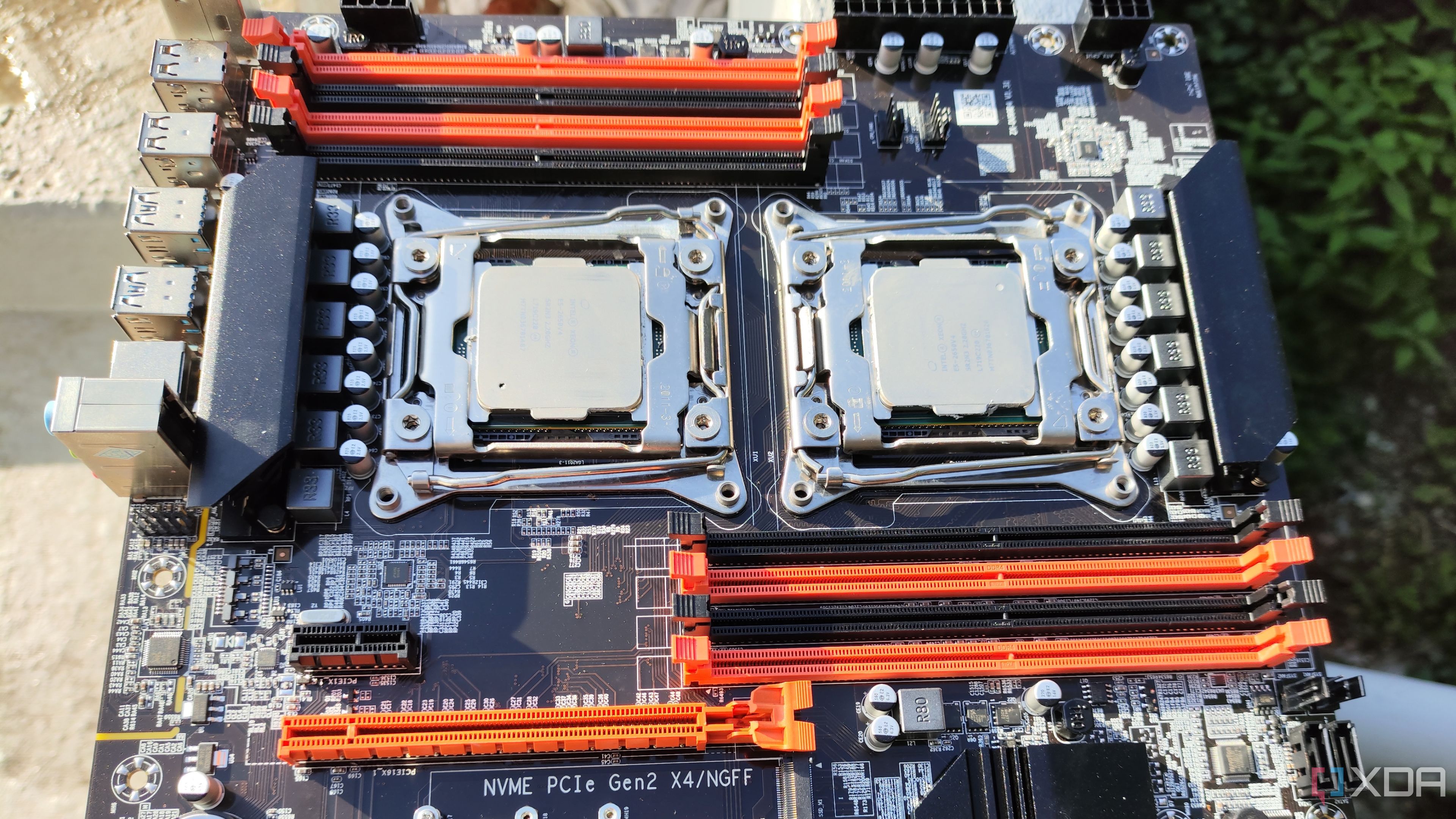
Although my Xeon machine is the most important part of my computing hub, it has some major downsides. Those sky-high energy bills you’d find on Reddit’s homelab and HomeServer communities aren’t far-fetched – and it’s something I learned within the first month of using this behemoth. Despite delivering weaker single-core performance than my old PC, the dual-CPU workstation consumes almost 30% as much energy as the rest of the appliances in my house.
Then there’s the constant whirring of CPU fans that I need to contend with. Considering that server-grade processors are meant to be used in data centers, they sound like jet engines all the time – and don’t even get me started on the heat generated by them. If I didn’t have a spare room where I could shove the server, running my home lab would have been a complete nightmare.
Just keep the pros and cons in mind when you buy a server rig
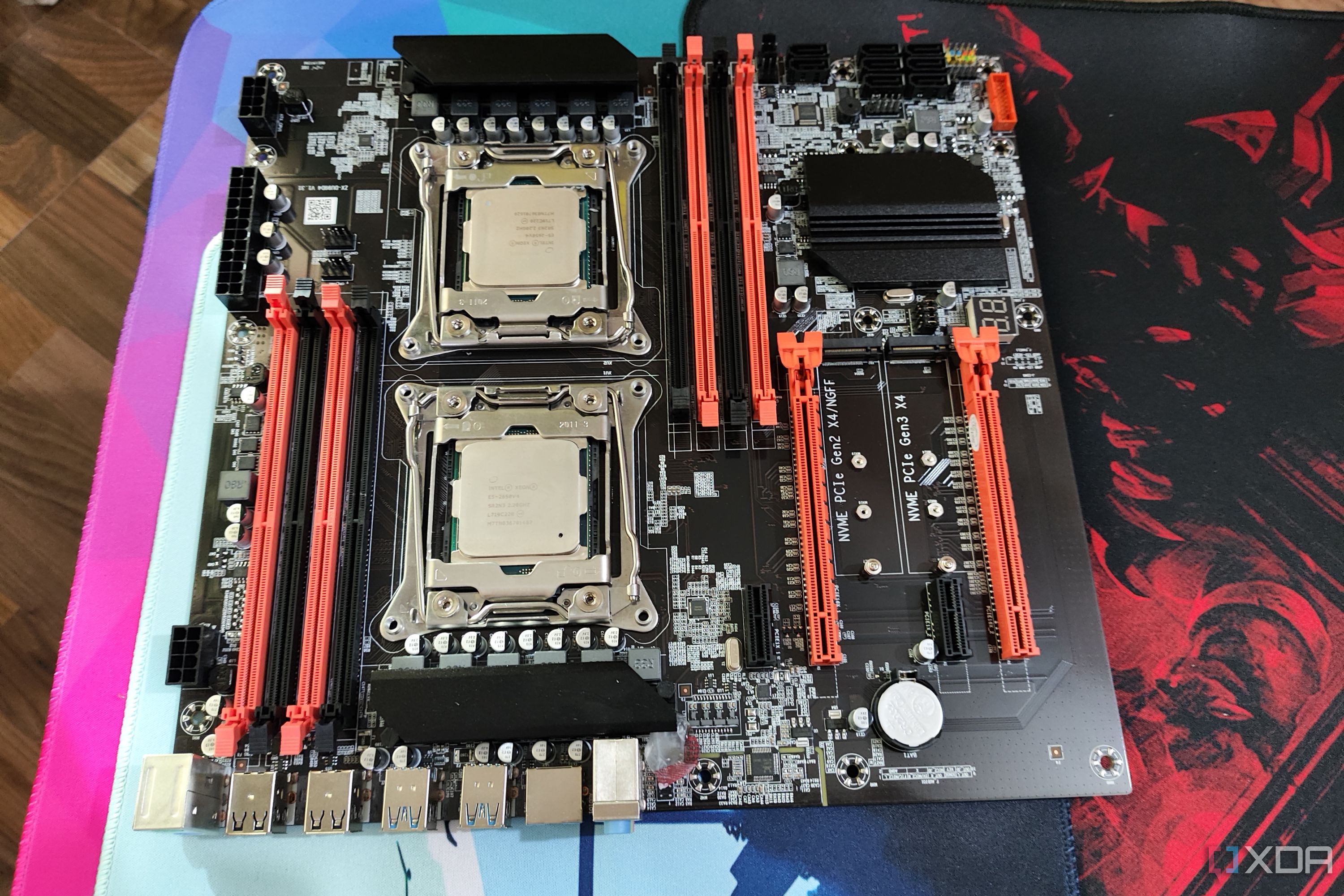
Now that I’ve spent almost a year with my Xeon system, my advice for newcomers to the server ecosystem is that you should keep the perks and quirks of old enterprise-grade systems in mind before making a purchase. If your energy prices are already pretty high, the extra dollars you’ll have to pay after running an old server will quickly outweigh the low cost of these systems. Leaving the energy-guzzling nature of these rigs aside for a moment, you’ll have to deal with high noise levels and infernal temps around your home lab.
Me? I’d stick to this behemoth for a long time. The extra CPU cores and memory slots are perfect for my home server projects, and my electricity bills still haven’t hit the red zone yet (even though they got dangerously close to it back in January). But if it were to break down or become obsolete, I wouldn’t go out of my way to buy another server and would probably look into a modern, consumer-friendly system as a replacement.
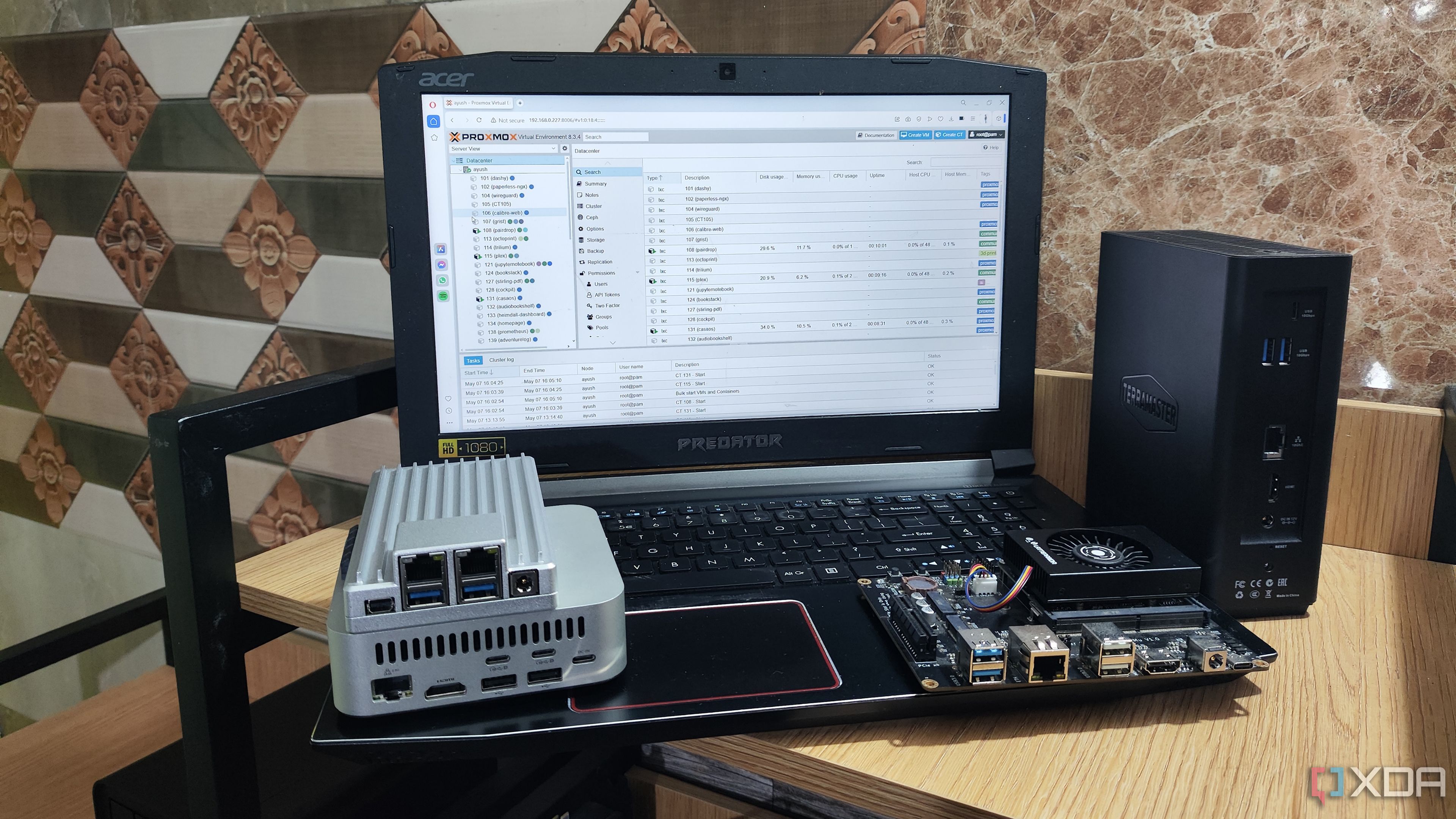
Related
5 lightweight operating systems you can use for your next home server
With the right OS, even your low-end SBC can turn into a reliable server
.png)

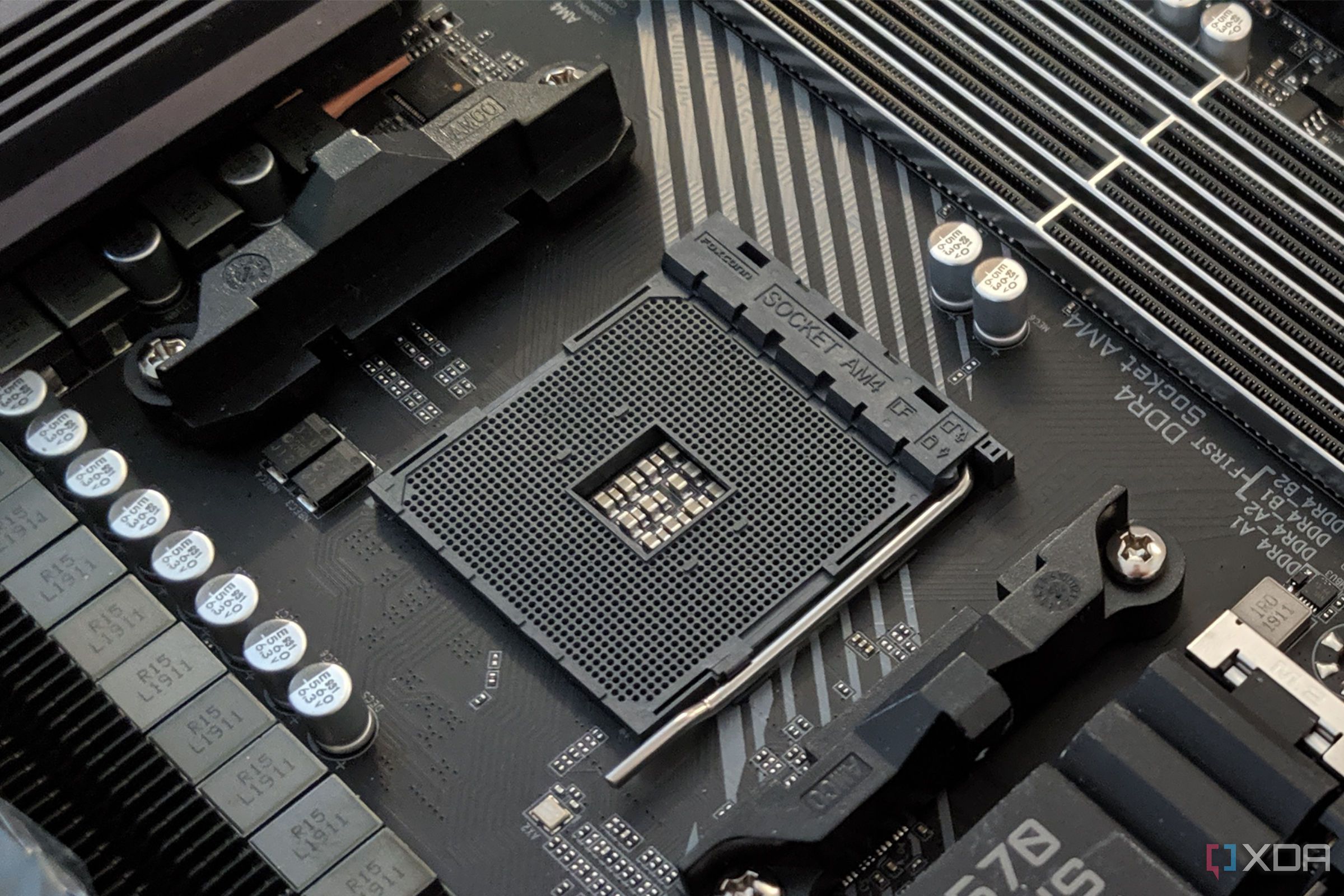








 English (US) ·
English (US) ·